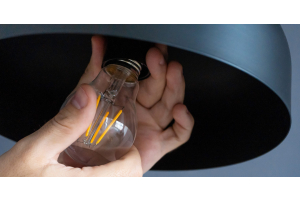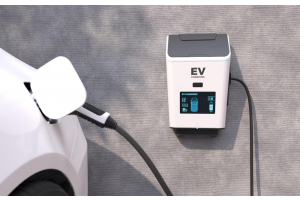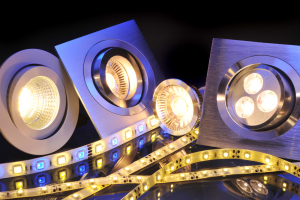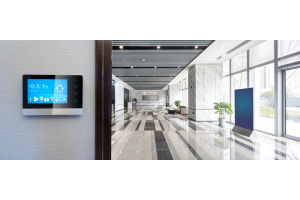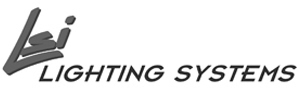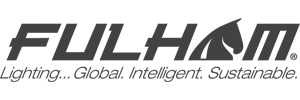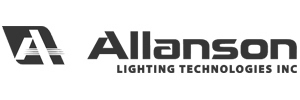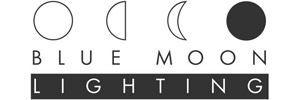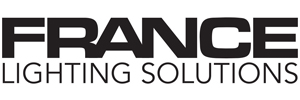bulbs and bases
-
July 29, 2022
Decoding ANSI Codes
An ANSI code is a series of letters and/or numbers that can be found on High-Intensity Discharge (HID) and Halogen lamps and ballasts. While ANSI coded lamps are slowly being phased out in favor of LED systems, ANSI codes are still useful when matching HID lamps with ballast or vice versa. The ANSI code gets its name from the American National Standards Institute and is used across all industries to ensure uniform identification and performance among commercial products. Essentially, ANSI codes allow one to tell at a glance what the product is and its intended usage. This article will discuss all of the meanings of ANSI codes in lighting and why they are useful to consumers and manufacturers alike.
-
May 31, 2022
Ceramic Metal Halide Lamps
Ceramic metal halide (CMH) lamps are a high-intensity discharge (HID) lamp similar to traditional metal halide lamps. Metal halide lamps use a combination of pressurized gasses, salts, and metals inside the glass bulb of the lamp to produce light. An electrical current is introduced by an arc tube within the lamp. An arc tube is the ignition source found at the center of all HID lamps. These use an electrical current to heat up and vaporize the materials inside the bulb; producing a wide range of ultraviolet (UV) wavelengths. This creates both visible light and UV radiation similar to that produced by the sun. For this reason, the bulbs of metal halide lamps are covered in a protective layer, known as luminaire, which allows only the desired wavelengths of light to escape. This broad spectrum of light is one of the desirable qualities of metal halide lamps, particularly CMH lamps. Unlike metal halide lamps which use an arc tube made of quartz, CMH lamps use ceramic arc tubes. This seemingly minor change in construction allows for ceramic arc tubes to reach higher operating temperatures than quartz ones. The higher temperatures allow for better efficiency, less maintenance, and a broader spectrum of light.
-
May 18, 2022
Bulb Bases & Sockets: Everything You Need to Know
Much like with bulb shapes, the wide variety of bulb bases and sockets can be daunting if you don’t know what you’re looking for. Nobody wants to discover too late that they got a bulb that is slightly too large for the socket or has a different pin configuration. Luckily, each base and socket can be easily identified based on both their look as well as their use. This article will cover the most common bases and their compatible sockets. This includes screw bases and pin bases; including fluorescent and compact fluorescent bases. And just as with bulb shapes, each base can be identified using a code of letters and numbers designating the base type, diameter, and configuration.
-
April 20, 2022
Bulb Shapes: Everything You Need to Know
There are many types and varieties of light bulbs, each with its own specific usage. Even just for household lighting, the wide range of bulb shapes can be daunting. Fortunately, the designations for bulb shapes are ordered alphabetically for easy identification. There is a bulb shape for nearly every letter in the alphabet, some being more prevalent than others. For the purposes of this article, however, we will only cover the most common styles and explain their best usages. In addition to describing the shape designations, this article will also explain how to tell the dimensions of the bulb as well as relevant variants of the bulb shapes.
-
March 24, 2022
LED Tube Retrofits: The Benefits and Types
The Benefits of LED Tube Retrofits
As the technology of LEDs and their drivers have improved, lighting manufacturers have developed LED bulbs to replace older and less-efficient lighting types, known as LED retrofits. These days, LED retrofits can be found in all types of applications, from day-to-day residential and commercial lighting, to high-intensity outdoor and industrial lighting. The latter being where the endurance and consistent brightness of LEDs are crucial for safety. In nearly every setting, LED retrofits can be seen outperforming their counterparts in key aspects such as improved light-up time and longer lifespans.

